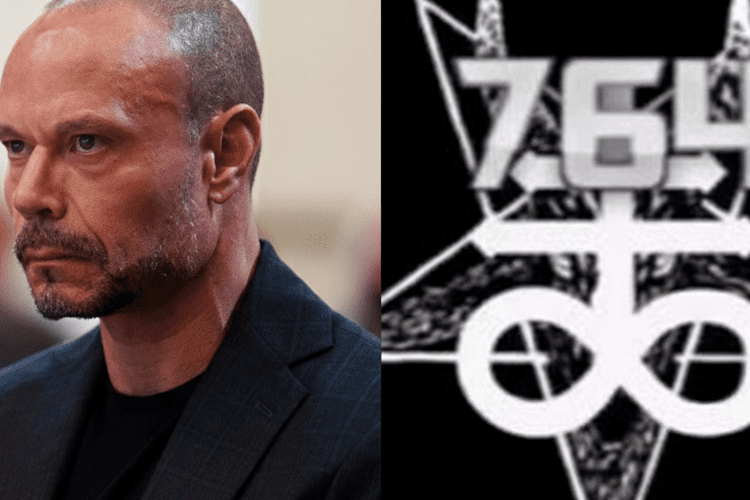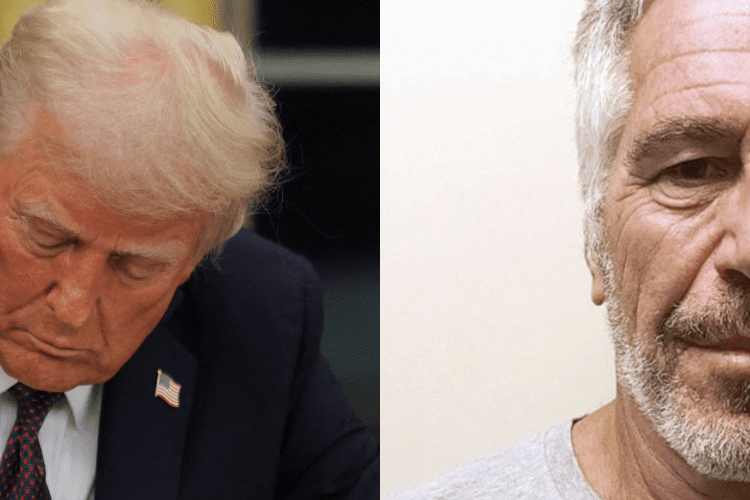From Roblox Nightmares to Nationwide Nightmares: Inside Dan Bongino’s Explosive Reveal of the FBI’s All-Out Assault on the Sinister ‘764’ Network—and the Heartbreaking Stories of Survival Fueling the Fight
In the dim glow of a suburban living room in Baltimore, where the hum of a gaming console once promised innocent escape, 12-year-old Mia Thompson scrolled through Roblox’s vibrant worlds, her laughter echoing off walls adorned with posters of pixelated adventures. It was early 2025, and what started as a chat with an online “friend” spiraled into a descent that no child should endure: veiled threats, demands for disturbing content, a digital noose tightening under the banner of a group known only as “764.” By summer’s end, Mia’s parents, alerted by her sudden withdrawal and tear-streaked pleas, had contacted authorities, unraveling a thread that led straight to one of the FBI’s most chilling priorities. On November 20, 2025, FBI Deputy Director Dan Bongino stood before a sea of flashing cameras in a Washington briefing room, his voice a gravelly vow of vengeance. “We have more than 300 investigations connected to this network going on nationwide, as we speak, and that number is growing,” he declared, his eyes hardening with the fire of a man who’s seen too many families shattered. “It is a top priority for us.” With arrests rolling in—from a Baltimore bust that morning to a fresh indictment in Arizona—Bongino’s words weren’t just policy; they were a lifeline, a thunderclap of accountability in the face of a shadowy scourge preying on the most vulnerable among us.
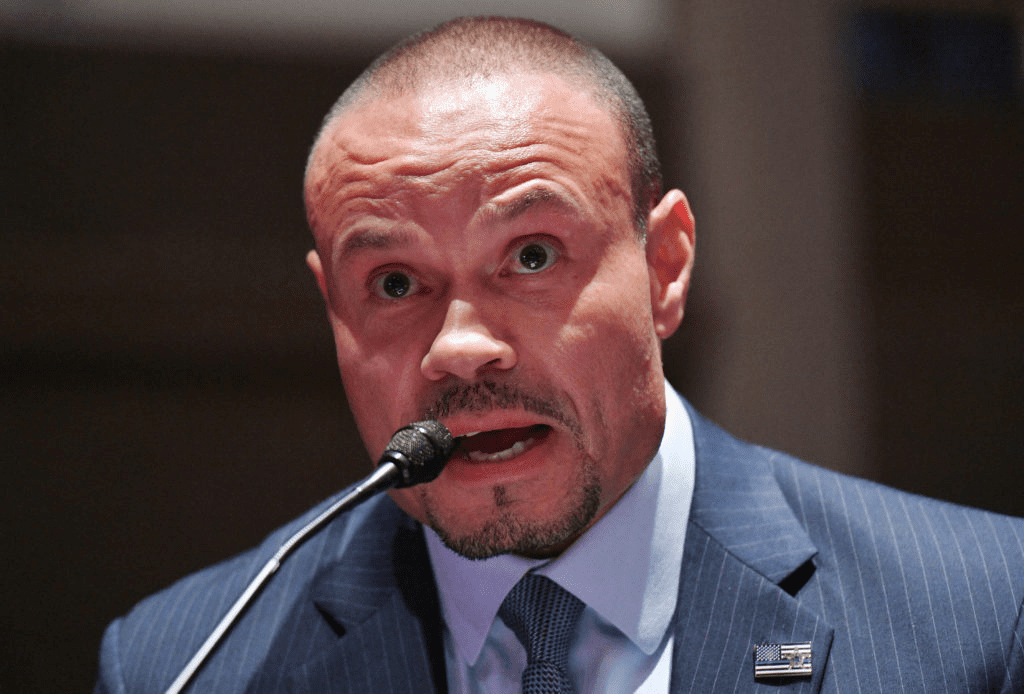
The emergence of “764” as a household whisper of horror feels like a dark fairy tale gone wrong, a monster born not in folklore but in the fractured corners of the internet where kids seek connection and predators lurk in plain sight. Emerging around 2020 on platforms like Discord, Telegram, and Roblox—those colorful gateways to virtual playdates—the network isn’t a monolithic cabal but a decentralized hydra of nihilistic extremists, bonded by a logo that’s seared into investigators’ minds: an inverted cross pierced by horns, flanked by the stark numerals “764” and an infinity symbol twisting like a promise of endless torment. What began as fringe edgelord chatter in gaming chats evolved into something far more insidious: a collective that grooms, blackmails, and coerces children as young as 11 into producing and sharing acts of self-harm, animal cruelty, and worse, all under the guise of “acceptance” in their twisted “family.” It’s a psychological vise, exploiting the loneliness of adolescence—the ache for belonging that draws kids to screens after school, only to trap them in cycles of fear and shame. “These aren’t random trolls; they’re organized hunters,” Bongino explained in his briefing, his tone laced with the quiet rage of a father figure speaking to every parent tuning in. “They use the very tools our kids love to build trust, then weaponize it for control.”

Mia’s story, shared with heartbreaking candor by her mother Lisa in a controlled interview with local news outlets, echoes the testimonies pouring into FBI tip lines—a deluge that’s swelled investigations from 250 in May to over 300 by November, per agency disclosures. It started innocently enough: a Roblox avatar inviting Mia to a private server, compliments flowing like digital candy, evolving into dares that escalated from silly dances to darker requests. “She came to me one night, sobbing, saying they had videos of her and would send them to her school if she didn’t comply,” Lisa recalls, her voice cracking over the phone from their Maryland home, where family therapy sessions now fill the calendar. The extortion, a hallmark of “764,” thrives on captured footage—screenshots, clips—held as leverage in encrypted chats, demanding compliance or public humiliation. When Lisa alerted the FBI’s Internet Crimes Against Children Task Force, agents moved swiftly, tracing the handler to a 19-year-old Baltimore affiliate who was arrested that very morning on charges of coercion and distribution of child exploitation material. “Seeing him in cuffs… it was closure, but not peace,” Lisa says, her words a raw testament to the scars that linger long after badges flash. “Mia still jumps at notifications, but knowing the FBI is hunting them all? That’s the light at the end.”
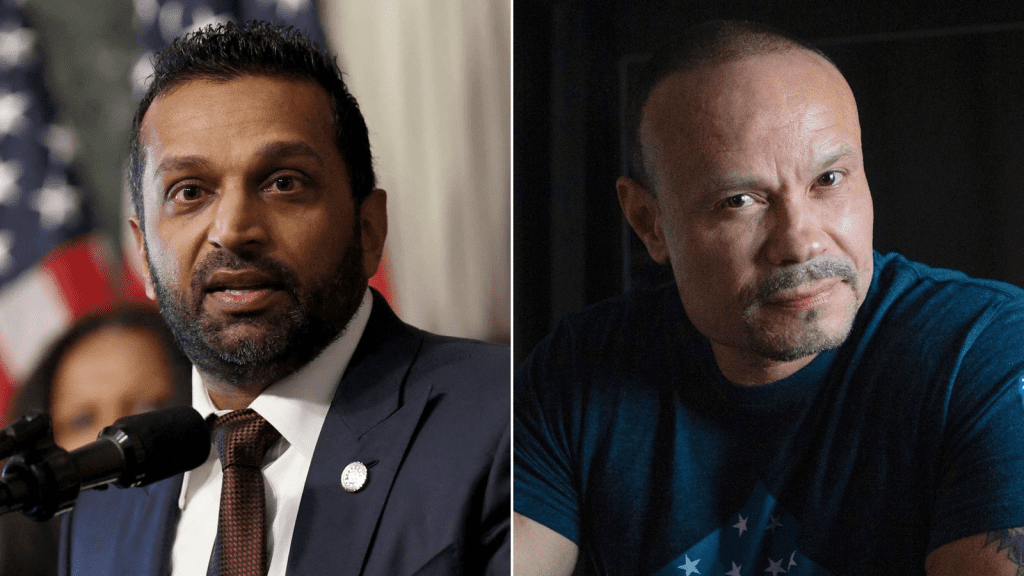
Bongino’s announcement, delivered with the unflinching candor that’s defined his tenure since his surprise appointment as Deputy Director in January 2025—a move hailed by conservatives as a bulwark against “deep state” complacency—paints a portrait of an agency reborn under the Trump administration’s “Make America Safe Again” mandate. No longer content with reactive raids, the FBI has embedded specialists in gaming ecosystems, partnering with Roblox’s safety teams to monitor anomalous servers and deploying AI-driven pattern recognition to flag “764” symbology in real time. The network’s footprint, once confined to dark web forums, has metastasized into mainstream apps, with affiliates posing as peers to infiltrate teen cliques on Snapchat and TikTok. “It’s modern-day terrorism, but intimate—targeting the soul of our youth,” Bongino emphasized, drawing parallels to the IC3’s March 2025 public service announcement that warned of violent online networks using blackmail for self-harm streams. That PSA, issued amid a 40% spike in reported incidents, galvanized congressional hearings where lawmakers from both sides decried the “digital underworld” preying on isolation amplified by post-pandemic screen time.

The Arizona indictment, unsealed hours after Bongino’s remarks, underscores the network’s sprawling reach—a 22-year-old Phoenix resident charged with interstate extortion after luring a 14-year-old into a months-long ordeal of manipulated content creation, his laptop yielding terabytes of victim files linked to “764” channels. Federal prosecutors, in a Tucson courtroom filing, described the case as “the tip of a very dark iceberg,” with digital forensics revealing ties to California ringleaders arrested earlier this year—two men in their 20s nabbed in Los Angeles for orchestrating “challenges” that escalated to animal abuse videos, their Discord logs a chilling ledger of coercion. Across the heartland, from a New Jersey cyberstalking bust in Egg Harbor Township to a German arrest in June prompted by FBI alerts, the web tightens. “We’re not just reacting; we’re rooting them out,” Bongino affirmed, crediting enhanced resources from the 2025 PROTECT Act, which poured $500 million into child online safety, including mandatory platform reporting and international extradition pacts. Yet the growth—300 probes and climbing—reveals the beast’s resilience: affiliates splinter into “764”-inspired offshoots like “Com” and “No Lives Matter,” nihilistic echo chambers where vulnerability is currency.
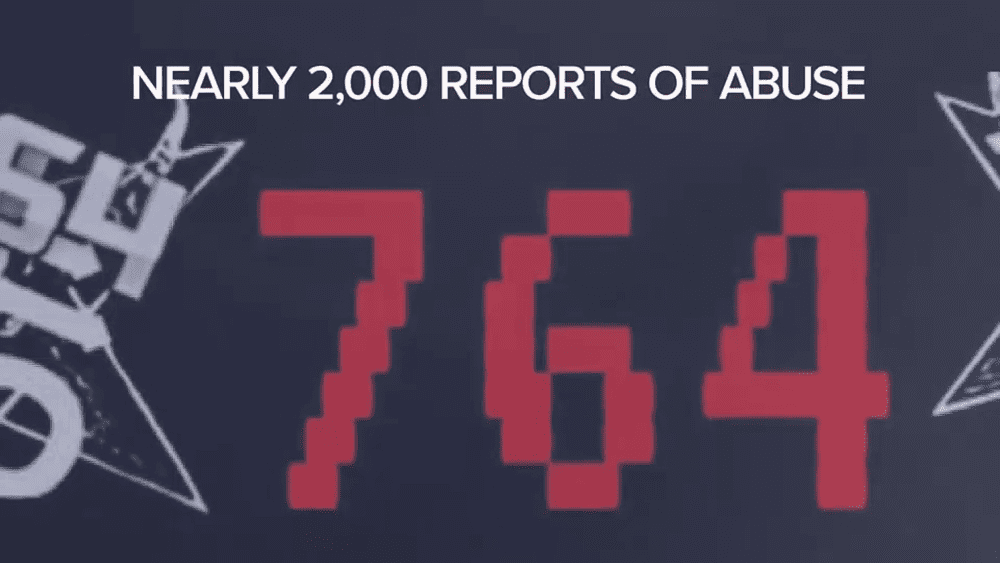
For the families at the epicenter, Bongino’s briefing wasn’t abstract policy; it was validation, a roar in the silence of their pain. Take the Thompsons: post-arrest, Mia’s therapy has shifted from survival to reclamation, her Roblox account reclaimed under parental oversight, a small victory in a war of attrition. “Dan’s words… they make you feel seen,” Lisa shares, her tone shifting from tremor to resolve as she describes joining parent advocacy groups like the National Center for Missing & Exploited Children, where stories intertwine like lifelines. These networks thrive on isolation, Bongino warns, urging vigilance: monitor chats without smothering curiosity, teach digital boundaries like fire safety, report anomalies to tips.fbi.gov. His call resonates in communities from Baltimore’s rowhouses to Arizona’s sun-baked suburbs, where school counselors now drill “stranger danger 2.0” and tech firms like Epic Games (Roblox’s parent) roll out AI guardians that scan for predatory patterns. “Parents, you’re the first line,” Bongino implored, his deputy badge glinting under lights—a symbol of an FBI pivoting from bureaucracy to battleground, with task forces swelling by 25% since his arrival.

Critics, from civil liberties watchdogs to gaming industry skeptics, applaud the momentum but caution against overreach: privacy erosions in monitoring minors, the risk of false positives snaring innocent role-players. “Vigilance yes, surveillance no,” argues the Electronic Frontier Foundation in a recent op-ed, advocating encrypted tools for safe reporting over blanket scans. Bongino, ever the bridge-builder, nods to balance in follow-ups, emphasizing victim-centered probes that prioritize therapy referrals alongside takedowns. Under his watch, the FBI’s Violent Crimes Against Children program has notched 15 “764”-linked convictions this year alone, from a Downey, California, child porn possession tied to the group to a Chicago affiliate’s terrorism-adjacent charges for inciting self-harm streams. Each win, though, comes laced with sorrow—the victims, teens scarred by coercion, emerging as quiet warriors in court, their testimonies a gut-wrench of courage.

As November’s chill deepens, Bongino’s pledge hangs like a beacon: a top priority, unrelenting and expanding. For Mia and countless others, it’s a promise etched in action—the Baltimore arrest a chain snapped, the Arizona indictment a door barred. In America’s digital age, where screens are both playground and peril, this fight isn’t just law enforcement; it’s a reclamation of innocence, a collective stand against shadows that dare to dim young lights. Parents like Lisa, scrolling support forums late at night, find solace in the surge: “We’re not alone anymore.” And in that unity, amid the heartbreak, glimmers hope—the unyielding human spirit, fortified by justice’s steady hand, turning predators’ whispers into echoes of defeat. For every child like Mia, dreaming anew under safer skies, Bongino’s words ring true: the hunt continues, fierce and unbroken, until the night terrors fade to dawn.
